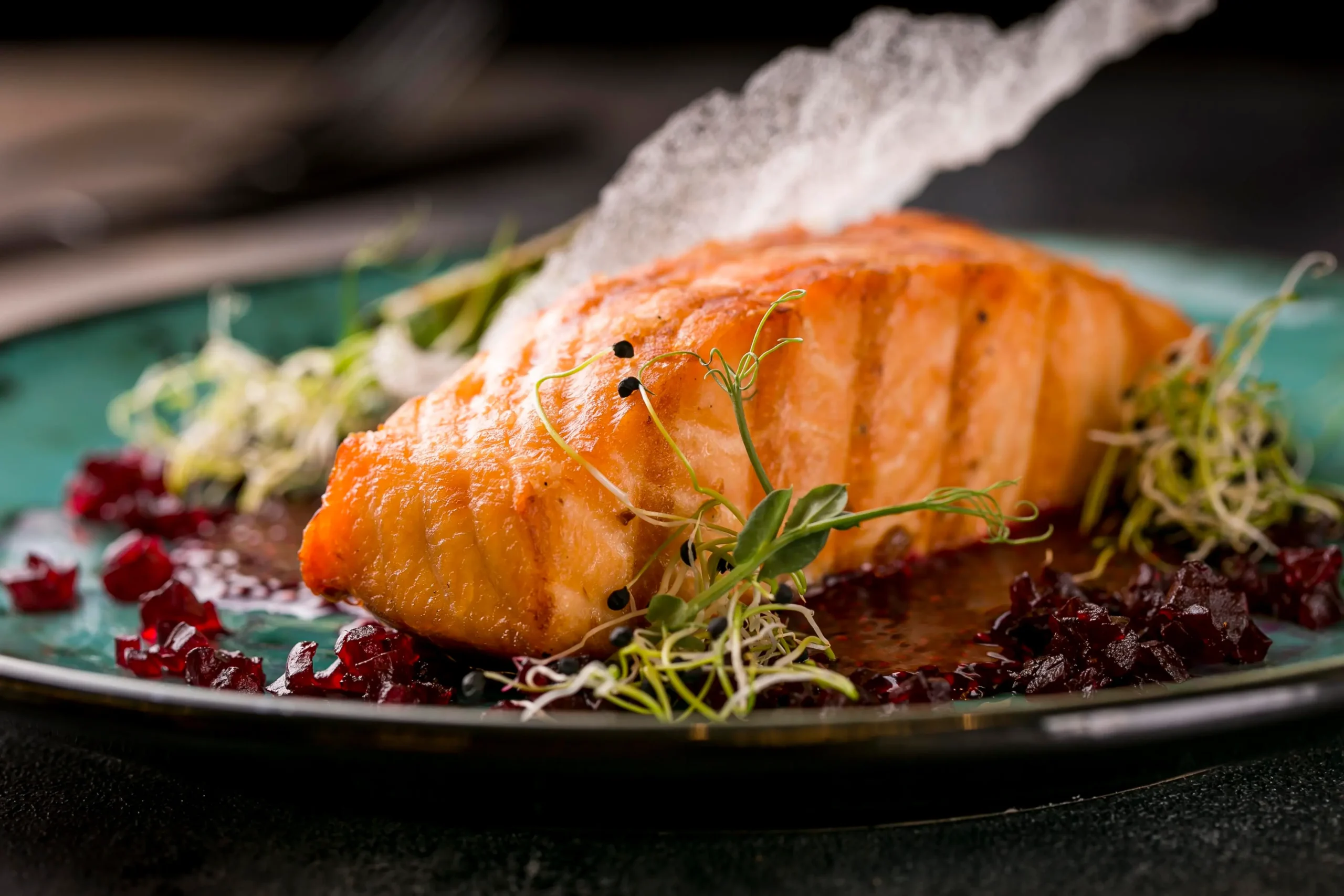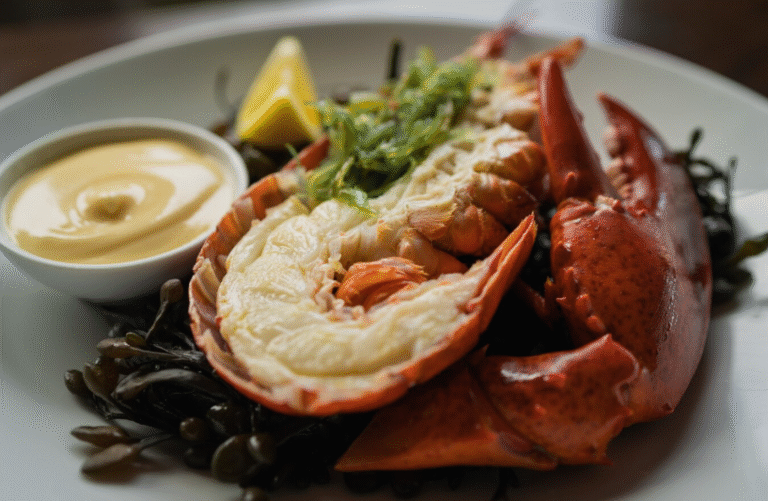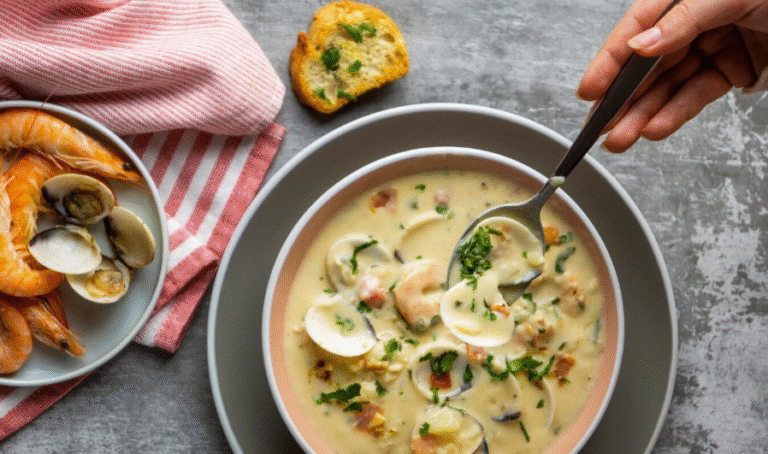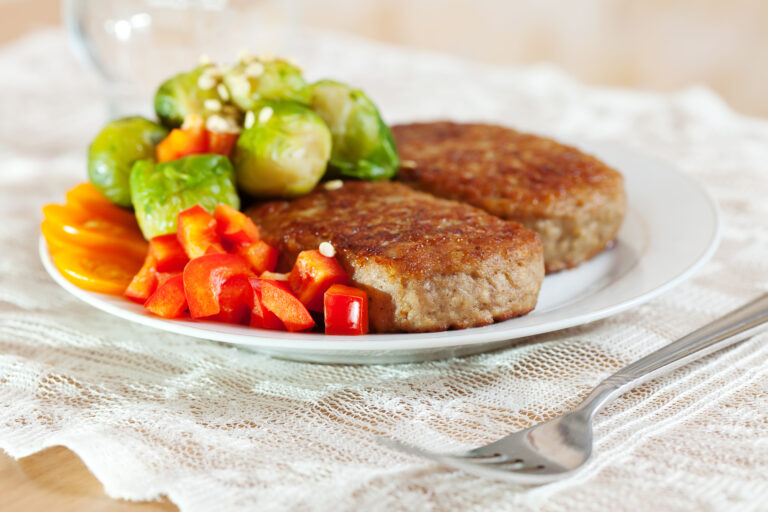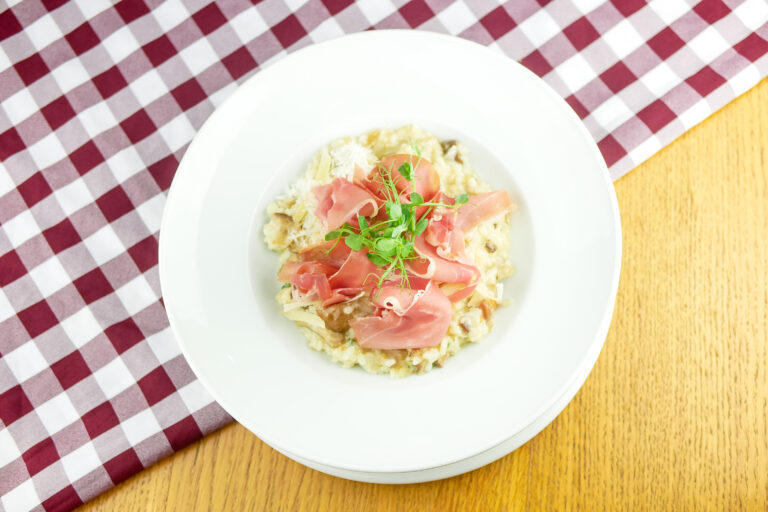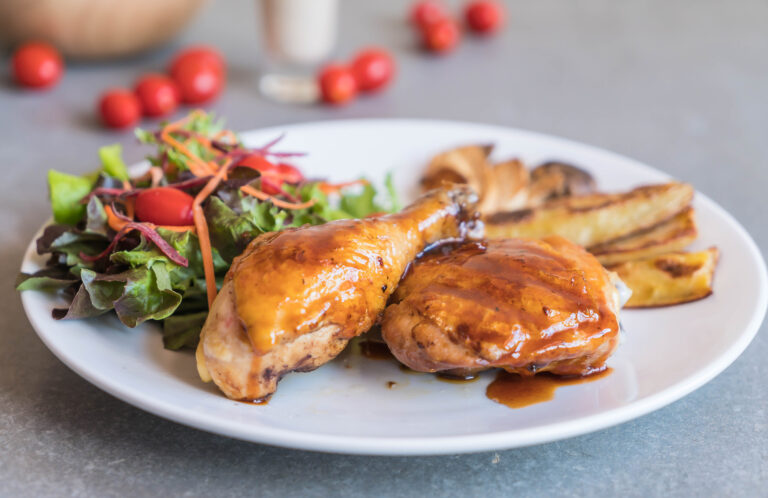Baked Salmon with Dill: Transform Your Dinner Tonight
Picture this: you walk through your front door after a long day, and within 30 minutes, you’re sitting down to a dinner that looks like it came from an upscale restaurant. No complicated techniques, no exotic ingredients—just you, some salmon, and a handful of herbs that somehow work magic together.
I discovered this truth during one of those chaotic Tuesday evenings when my usual go-to meals felt boring. My neighbor had dropped off fresh dill from her garden, and I had salmon thawing in the fridge. What happened next changed how I think about weeknight cooking forever.
Table of Contents
Why This Baked Salmon with Dill Recipe Works Every Time
Your kitchen becomes a place of possibility when you master this straightforward approach. Unlike other fish preparations that require precise timing or multiple steps, this method forgives small mistakes while delivering consistently impressive results.
The secret lies in how dill naturally complements salmon’s rich flavor without masking it. Fresh dill brings a subtle grassy note that brightens the fish, while garlic adds warmth and depth. Together, they create layers of taste that develop beautifully during the gentle baking process.
Most importantly, this baked salmon with dill fits seamlessly into your busy schedule. Active preparation takes less than 10 minutes, and the oven does the heavy lifting while you handle other tasks or simply relax.
Gathering Your Simple Ingredients

Your success starts with selecting quality salmon fillets. Look for pieces that feel firm to the touch and have a bright, coral-pink color. Avoid any fish with a strong fishy smell—fresh salmon should remind you of clean ocean air.
For the herb mixture, fresh dill makes all the difference. Those feathery green fronds contain oils that dried herbs simply can’t match. You’ll need about 1/4 cup of loosely packed fresh dill, chopped roughly.
Here’s what goes into your flavor base:
| Component | Amount | Why It Matters |
|---|---|---|
| Salmon fillets | 4 pieces, 6 oz each | Protein foundation |
| Fresh dill | 1/4 cup, chopped | Star herb flavor |
| Garlic | 3 cloves, minced | Aromatic base |
| Olive oil | 2 tablespoons | Carries flavors |
| Lemon juice | 2 tablespoons | Brightens everything |
| Salt | 3/4 teaspoon | Enhances natural flavors |
| Black pepper | 1/4 teaspoon | Subtle heat |
Your Step-by-Step Cooking Process

Getting Started
Heat your oven to 375°F—this temperature cooks the salmon gently without drying it out. Line a rimmed baking sheet with aluminum foil for easy cleanup, then lightly coat it with cooking spray.
Remove your salmon from the refrigerator about 15 minutes before cooking. This brief warming period ensures even cooking throughout each fillet.
Building the Flavor
In a small bowl, combine your chopped dill, minced garlic, olive oil, lemon juice, salt, and pepper. Stir everything together until it forms a loose paste. The mixture should smell incredibly fragrant—that’s your first sign you’re on the right track.
Pat each salmon fillet dry with paper towels. This step matters more than you might think. Excess moisture prevents proper browning and can make your herb mixture slide off during cooking.
The Baking Magic
Place your salmon fillets on the prepared baking sheet, leaving space between each piece. Spoon the dill mixture evenly over each fillet, using your fingers or the back of a spoon to spread it across the surface.
Slide the pan into your preheated oven and bake for 12-15 minutes. The exact timing depends on thickness—thicker fillets need a few extra minutes. Your salmon is perfectly done when it flakes easily with a fork and the internal temperature reaches 145°F.
Mastering the Details That Matter
Timing Your Success
Thickness determines cooking time more than weight. A 1-inch thick fillet typically needs 12-13 minutes, while thicker pieces might require 15-17 minutes. When in doubt, check early rather than late—overcooked salmon becomes dry and disappointing.
Watch for visual cues too. Properly cooked salmon changes from translucent to opaque, and the surface develops a light golden color where the herb mixture has caramelized slightly.
Avoiding Common Pitfalls
Never rinse your salmon before cooking. This washes away natural flavors and adds unnecessary moisture. Instead, simply pat the fillets dry and proceed with seasoning.
Room temperature salmon cooks more evenly than cold fish straight from the refrigerator. Those 15 minutes of warming make a noticeable difference in the final texture.
If your dill mixture seems dry, add another tablespoon of olive oil. The mixture should be moist enough to stick to the salmon but not so wet that it pools on the baking sheet.
Understanding the Health Benefits
Your baked salmon with dill delivers impressive nutritional value alongside its delicious taste. Each serving provides roughly 35 grams of high-quality protein, supporting muscle health and keeping you satisfied for hours.
The omega-3 fatty acids in salmon support heart health, brain function, and may help reduce inflammation throughout your body. These healthy fats also contribute to the salmon’s rich, satisfying flavor and tender texture.
Dill itself contains antioxidants and has been traditionally used to support digestive health. While you’re not eating large quantities, every bit of nutrition counts toward your overall wellness.
Creating the Perfect Meal
Your beautifully baked salmon pairs wonderfully with simple sides that don’t compete with its delicate flavors. Roasted vegetables like broccoli, carrots, or green beans complement the herb notes perfectly.
For a complete meal, consider serving over a bed of rice pilaf or alongside roasted baby potatoes. The mild flavors of these starches let your salmon remain the star of the plate.
A crisp white wine like Pinot Grigio or Sauvignon Blanc enhances the meal beautifully, though sparkling water with lemon works just as well for a non-alcoholic option.
Making It Work for You
This recipe doubles or triples easily when you’re feeding a crowd. Simply use a larger baking sheet and ensure adequate space between fillets for even cooking.
Leftover baked salmon with dill keeps well in the refrigerator for up to three days. Flake it into salads, add it to pasta, or enjoy it cold with some crusty bread and fresh vegetables.
For meal prep enthusiasts, you can prepare the herb mixture up to two days ahead and store it covered in the refrigerator. Just bring it to room temperature before using.
Your Next Delicious Adventure
This baked salmon with dill recipe proves that impressive meals don’t require complicated techniques or hours in the kitchen. With just a few quality ingredients and 30 minutes of your time, you can create something that feels special enough for guests yet simple enough for a Tuesday night.
The beauty lies in its reliability—once you master this basic technique, you can experiment with different herb combinations, add citrus zest, or try various seasonings while keeping the same foolproof cooking method.
Start tonight. Your kitchen is waiting to become the source of meals that bring joy to your table and satisfaction to your schedule. Sometimes the simplest approaches create the most memorable results.

